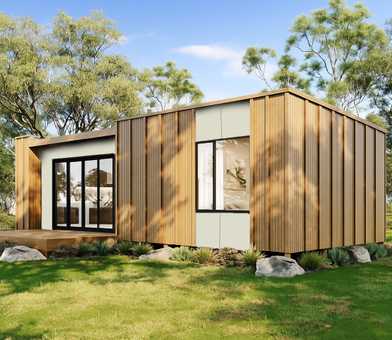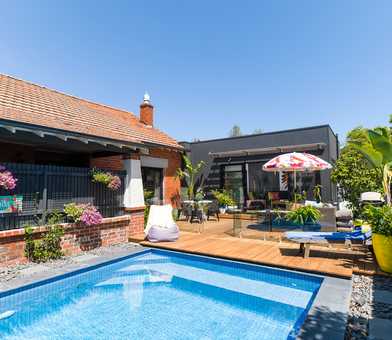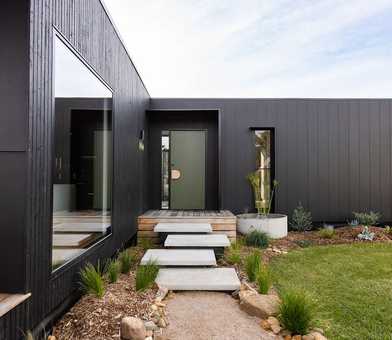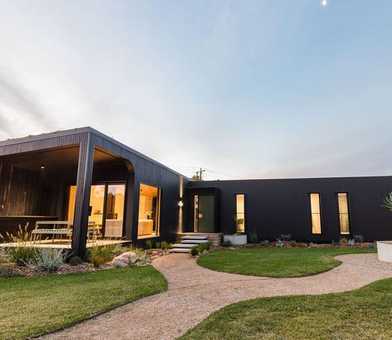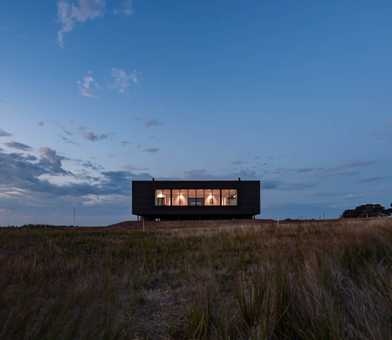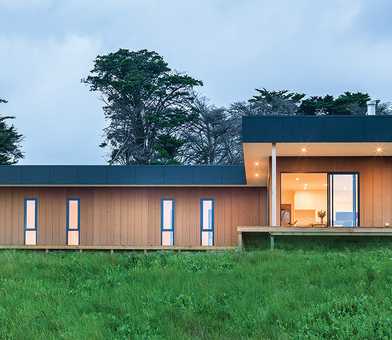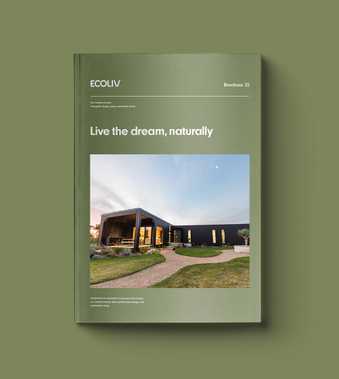In the face of severe weather causing widespread power outages recently, the prospect of building an off-grid home emerges as a smart and sustainable solution.
But what does it mean to live off-grid? Living “off-grid” simply means not being dependent on the everyday utilities (gas, electricity, sewerage & water), which most of us take for granted when a natural disaster makes them unavailable. When you live off-grid, you’re essentially self-sufficient, and able to take care of your own utility needs and live sustainably.
Here's why constructing an off-grid home could be your key to outlasting the storm:
1. Uninterrupted Power Supply
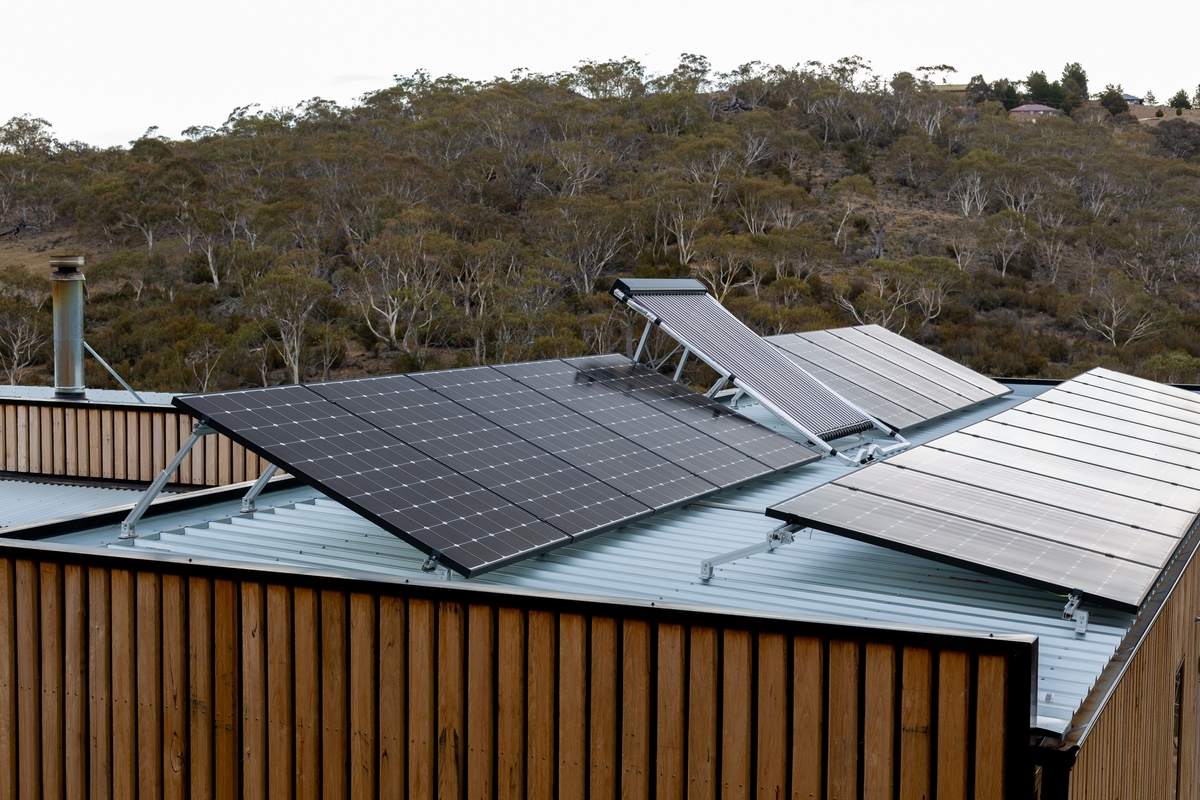
Off-grid solar and storage technology has advanced significantly in recent years. A well-designed system can supply most households with enough power to meet typical household energy supplies, even during severe weather-related outages.
Before you go ahead and set up your own system, it’s important to be aware of how it works and its limitations. Things to consider:
The number of solar panels you require. A simple rule of thumb is to get as close to 100 percent of your electricity needs as possible, as this is how you'll maximize your savings.
Implement a robust backup battery system to store excess energy for emergencies, offering peace of mind when the grid falters.
Don’t go overboard with the size of your backup battery - get the most economical battery you can, generally a day’s supply of power storage is adequate.
Figure out the amount of energy you’ll require - not what you want but what you need. Proper planning of your energy consumption will play a big part in setting you up for off grid living success.
For some more information on how to calculate the most suitable solution you can read more here.
1. Water Independence
Harvesting your own water is an important consideration for off-grid living. Efficiently using your roof to act as a catchment area and then storing in a large rainwater tank to cater for your needs can eliminate reliance on mains water.
When going off-grid it’s important to consider the volume of tanks required for the number of occupants in the home, your water usage and rainfall in your local area. As a general rule of thumb, each square metre of roof space collects around 1 litre of water for every 1 millimetre of rainfall received. Using the calculation of (x) square metres of roof space available for connection to your tank multiplied by the amount of rainfall will help guide your decision.
It’s also important in establishing an alternative reliable water source that remains unaffected by external disruptions and integrating advanced water treatment with a UV filter to kill off any bacteria so it’s safe for human consumption.
There are other technologies you can use to make sure your water is safe, things like gutter guards, mosquito guards and first flush diverters. Ensuring your water is free from contamination during severe weather events.
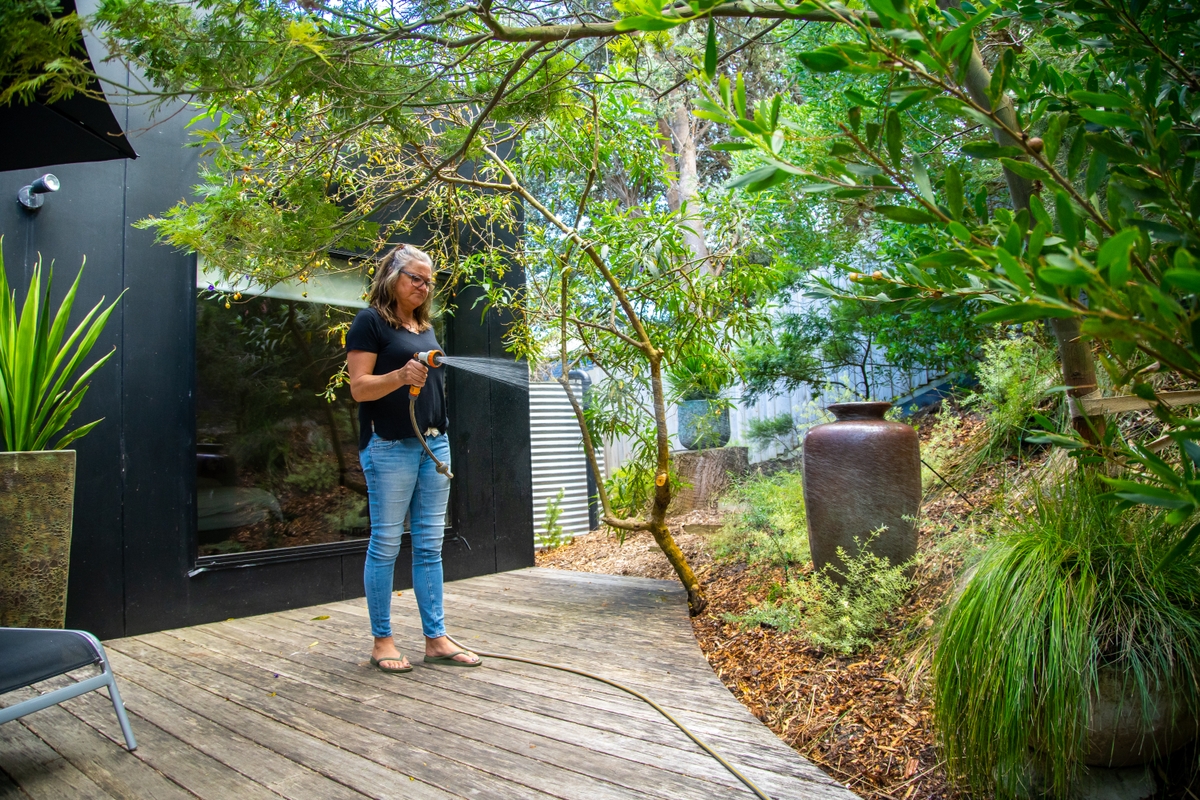
3. Waste Management Solutions
When designing an off-grid home, you can opt to recycle some of your water, and to process the waste that you cannot reuse. Greywater is the wastewater that comes from showers, washing machines, and sinks. It can be recycled and used for irrigating gardens and flushing toilets which reduces usage of precious harvested tank water.
Blackwater is the sewage wastewater from toilets and dishwashers, which contain solid food particles and human waste. These solids are considered harmful to humans and require treatment via a septic system. There are many systems available to safely, cleanly, and greenly dispose of your waste but choosing an environmentally friendly system suited to your site and requirements is the best option.
4. Design for a Changing Climate
Off-grid living inherently promotes emergency preparedness, with self-sufficiency at its core.
As the climate experiences its own transformative journey, our designs need to proactively embrace change. Climate fluctuations reshape the features of every region, requiring forward-thinking in our creations. By extending our gaze beyond the current moment and contemplating how our dwellings will withstand the changing climate over the next 10, 20, or 50 years, we aim to construct homes that exhibit resilience throughout the passage of time.
Climate change potential impacts and responses
| Potential climate change impacts | Potential responses |
|---|---|
| Increased temperatures & Increased frequency of heatwaves | Incorporating passive cooling principles in design. Building a ‘cool retreat’ – a part of the building that can provide comfort during heatwaves. |
| Low rainfall | Designing in ways to harvest water and reduce water use |
| Bushfires | Using shutters, sprinklers, fire-resistant materials and roof design that minimises the risk of catching embers. |
| Severe thunderstorms and high-intensity rainfall event | Using metal roofing that is resistant to impact (for example, hail) and adequate window protection. Ensuring gutters and drainage systems can withstand a 1-in-100-year rainfall event |
| Cyclones and extreme wind | Using structures and building materials designed to cope with heavy winds and cyclones |
| Flooding, Sea level and storm surge | Not building in flood- or surge-prone areas. Raising floors and using water-resistant building materials |
So why invest in climate-responsive architecture? It's not just about reducing energy consumption; it's a commitment to environmental sustainability, reduced operating costs, and enhanced occupant comfort. As we navigate challenges like upfront costs, regulatory landscapes, and educational gaps, the benefits echo—a resilient and sustainable future, reduced carbon emissions, and structures that stand strong amid climate challenges.
6. Environmental Impact
Embrace the opportunity to reduce your carbon footprint significantly by opting for off-grid living, contributing to a more sustainable lifestyle.
Living in an off-grid home is a proactive step towards environmental conservation, especially in the face of increasing weather-related challenges.
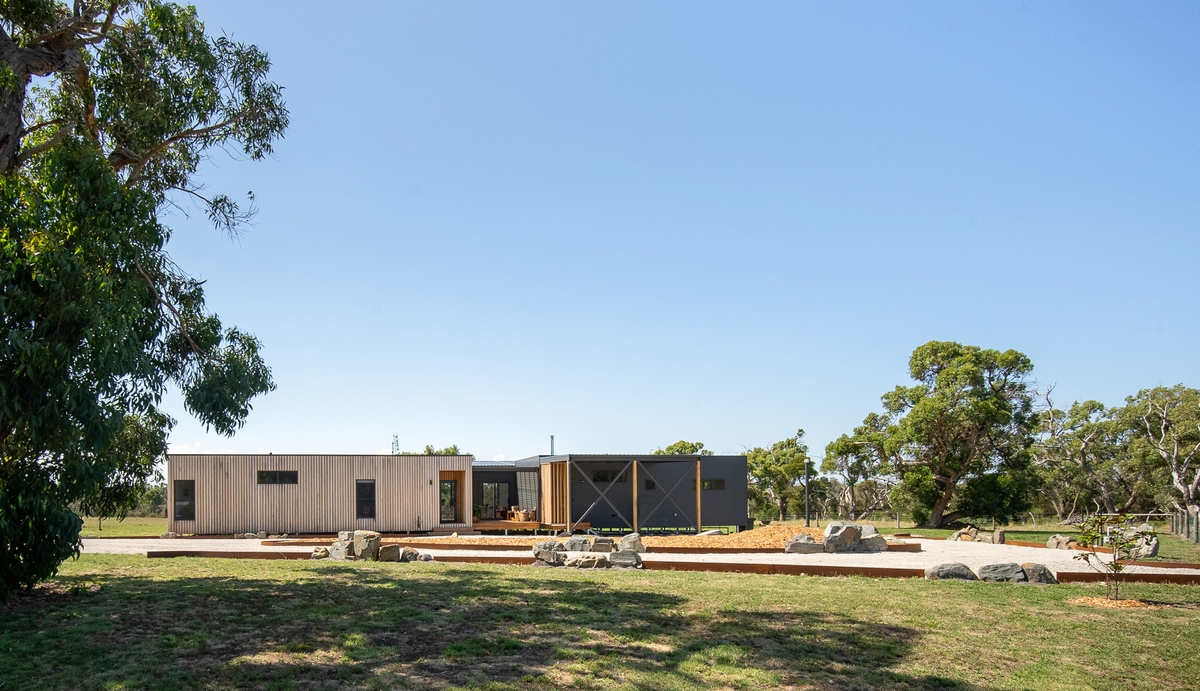
7. How can I build an off-grid home of my own?
As severe weather events continue to disrupt traditional power supplies, building an off-grid home emerges not only as a solution but as a forward-thinking, long-term cost saving sustainable choice.
Living off-grid certainly takes a little more effort and planning. But at Ecoliv we specialize in off-grid homes and can help you design and build the perfect off-grid home for you.
Contact us today to have a chat with one of Ecoliv Team today! Or Check out our off-grid projects here.


